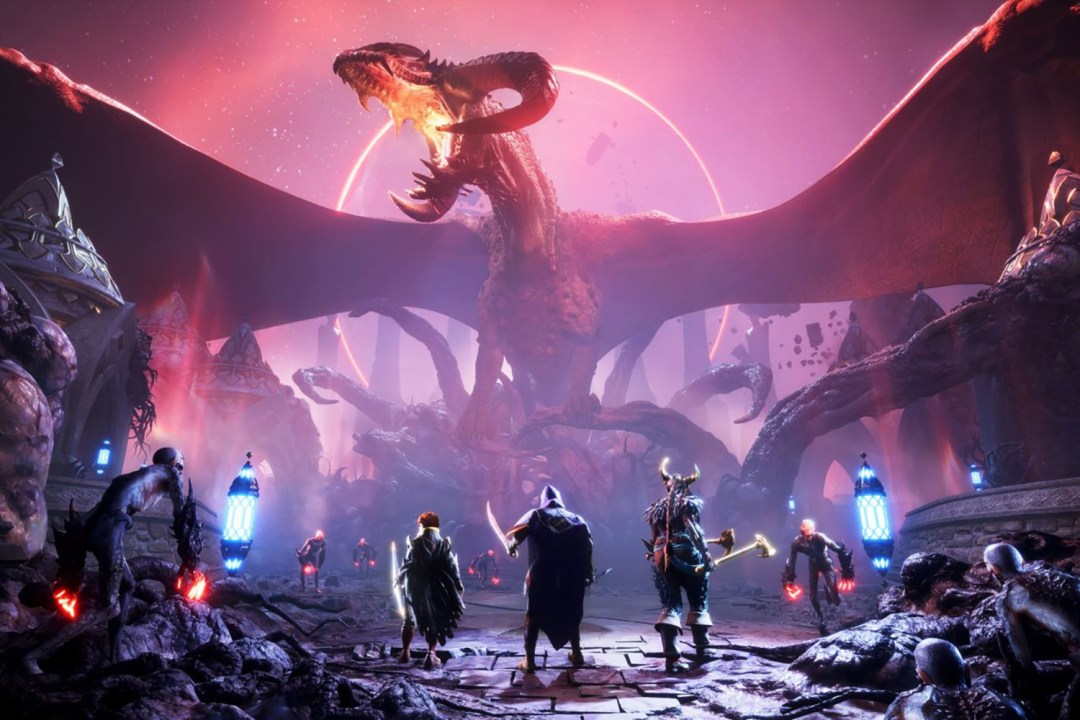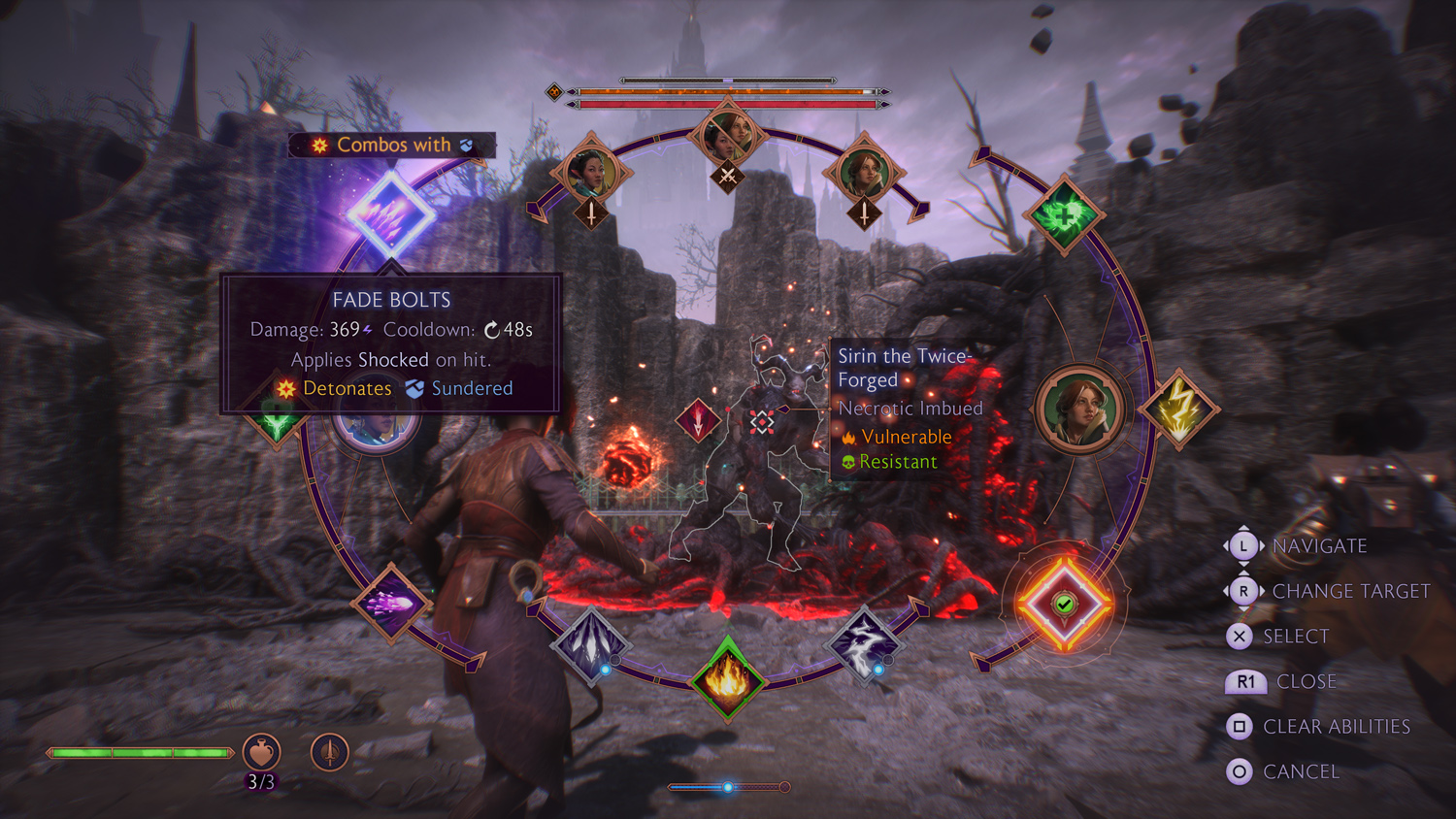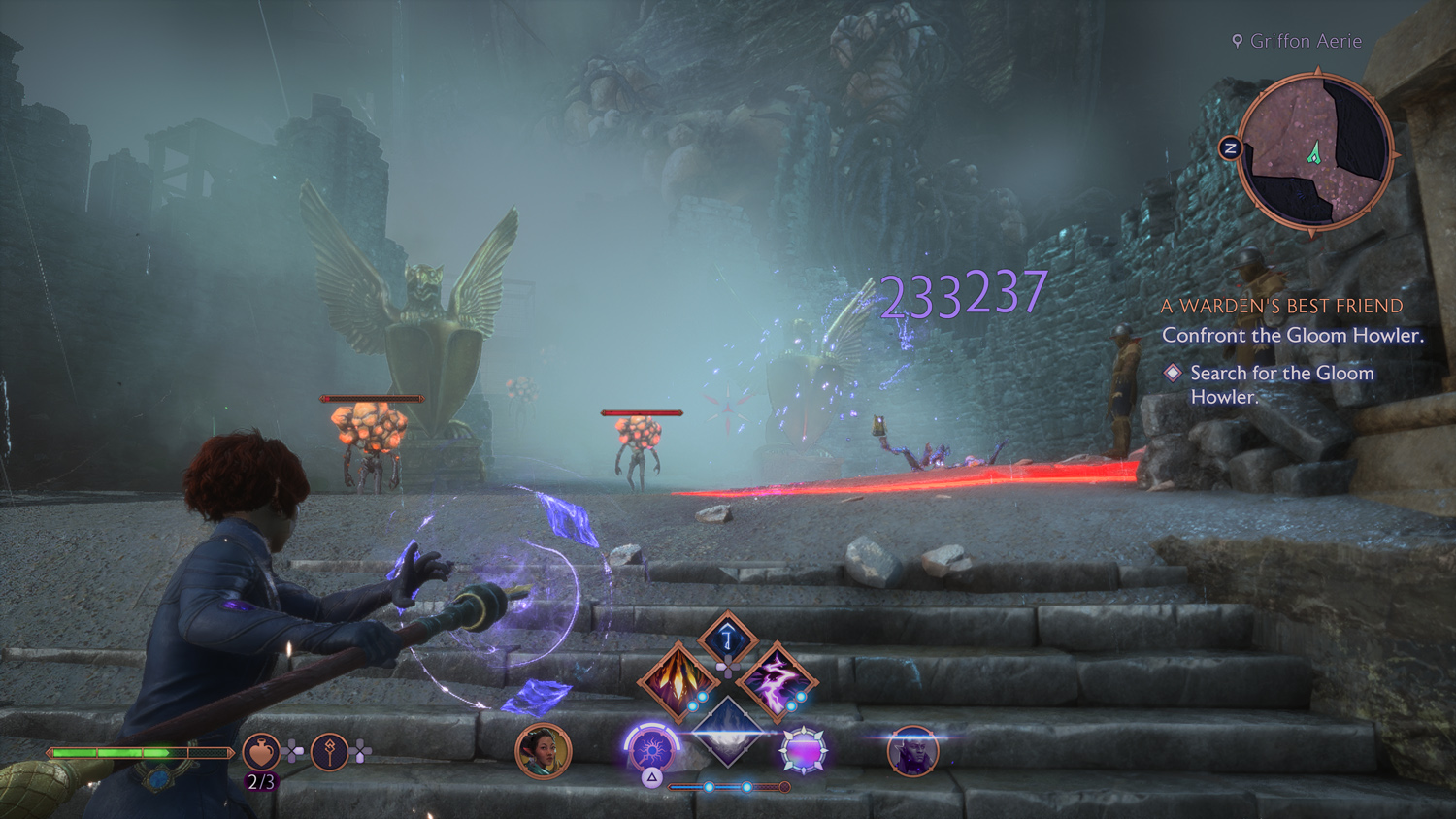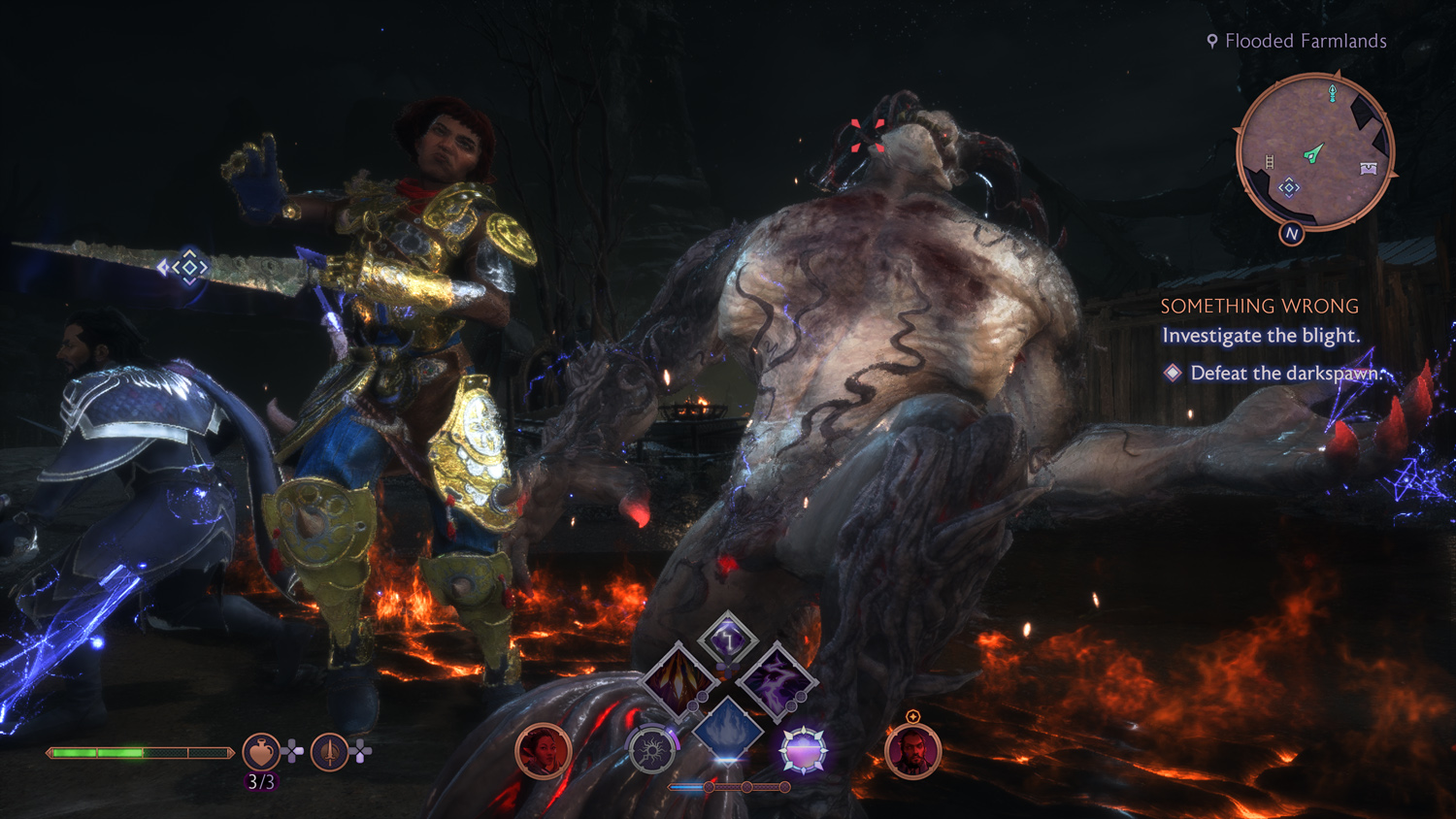Dragon Age: The Veilguard review – reforged in fire
Don’t call it a comeback, but this fantasy RPG sequel is long overdue

Stuff Verdict
Despite some divisive changes, Dragon Age is back for good.
Pros
- Strong characters and quest writing
- Varied environments that expand and change over time
- Flexible skill customisation
Cons
- Divisive combat and structural changes
- Repetitive puzzles
Introduction
A lot can happen in a decade. Fantasy RPGs have only gotten grander since Dragon Age: Inquisition’s 2014 release, and times have been turbulent for developer BioWare. That The Veilguard is here at all, in light of disappointments like Mass Effect Andromeda and the disastrous misstep that was Anthem, is a minor miracle.
Even with some controversial changes and a high turnover of development staff, the series’ traditional role playing roots haven’t been entirely forgotten here. Fans will find plenty to like – but can it possibly hold a candle to all-timers like The Witcher 3 and Baldur’s Gate 3?
Team spirit





Inquisition veterans will feel right at home, as Veilguard picks up where the previous game left off. Player character Rook might be new, but familiar faces quickly crop up, and one former companion has become the antagonist. Claims of ‘saving the world’ are tough to believe when it involves tearing down the Veil that holds back armies of demons, so someone’s got to stop him.
It’s an exciting introduction, which sees you and your Dwarven companions battle your way across a bustling city where monsters and cultists are already running amok. And naturally just as you think you’ve stopped one apocalypse, you accidentally unleash even bigger bads into the world.
The plot then turns to putting together a dream team – the titular Veilguard – to save the day. Each member brings their own invaluable expertise, but also their own struggles that need taking care of. Nurturing these relationships is the glue that holds everything together.
Companions, from quirky elf Bellara to dutiful Graywarden Davrin, all have an arc that develops over the whole course of the story, which will even impact their fates come the final battle. Given you can only have two in your party at any time, it’s always worth changing up party members so you get to know everyone before the credits roll.
The execution isn’t without flaws though. Dialogue can feel a bit simplified thanks to a choice wheel that has icons spelling out exactly what each response means, such as a joker mask for a sarky response, or a heart for when flirting. They’re mostly to provide a change in tone, whereas the big narrative choices are always obvious and binary. Party members can also chat with one another during quests, though rather than naturally walking and talking you’ll have to stand around to listen to it all, lest you’re interrupted by a combat encounter that resets the conversation by a few lines.
Action speaks louder
The most drastic departure from past games is how Veilguard leans further into action RPG gameplay. This time, you only control Rook while the AI takes care of companions. You can still pause combat to issue their abilities, which have quite lengthy cooldowns. Otherwise, you’ll be fighting, dodging and parrying as the class of character you picked during character creation: a warrior, mage, or rogue.
My mage had both a staff and knife (for ranged and close combat options), plus the ability to change between elemental spells, which made them feel more agile than typical magic users.
This two-weapon setup extends to other classes, such as warriors who can fight with sword and shield or a two-handed axe. There’s also a wide range of skills to upgrade, with points that lean towards different specialties. The option to refund skill points means you can easily swap from an elemental storm specialist to a necrotic plague spreader, weakening enemies over time.
Longtime fans may lament not being able to switch between party members, especially if they have their favourites, but it does mean faster kinetic battles where you can be constantly rushed and need to stay alert. It’s a necessary modernisation, if not in the same league as other top-tier action RPGs when it comes to precision, weight, or spectacle. My main bugbear was how attempts to parry often felt unresponsive and inconsistent, although if you stagger an enemy you can cancel out of your current animation into a flashy finisher.
Last year’s Final Fantasy XVI also made the controversial jump to all-out action, yet had the freedom to escalate into spectacular set pieces; that’s missing here, with missions concluding with more spongey or fast-spawning enemies of the dark and hellish variety.
Thedas touch



With more action-focused combat comes a more cinematic presentation. Cutscenes are written and performed well, with stylised art and animations that aren’t destined to become memes like previous games.
Story missions tend to whisk you back to your base of operations in some inbetween safe dimension at their conclusion, with narration teasing what’s to come. It makes the experience a bit disjointed, even while it’s trying to build up to the bigger picture. The gameplay has also taken a leaf from Sony blockbusters like Uncharted and God of War, where you’re almost following a linear corridor of fights between exciting set pieces like surprise dragon attacks. Nice to look, at but not much in the way of interactivity.
That rigid structure does make for a tighter pace, rather than meandering in a bloated open world zone for the sake of it. Fortunately, the more you carry on, the more it also opens up beyond the initial set dressing. You’ll find more quests through elven fast-travel portals, including ones that advance your party members’ story arcs and incentivise you to return to previous locations. Some even get recontextualised due to major plot points, which can come as a consequence of your choices.
But even as you go from elven forests to towns under oppressive control via the dimension that links them all (which has an equal amount of secrets to discover in its own right) it could stand to have more variety in the things you do. The Blight is one of the big threats you face, which has devastating effects on people, but too often it manifests as large cysts you need to burst to open a path. Sure, they look gross – but I also got sick of how many times I encountered them. The second most overusued puzzle, where you’re destroying crystals that power magical barriers, is practically identical.
Dragon Age: The Veilguard verdict


The Veilguard have their share of ups and downs over the course of this adventure, which is a reflection of the game’s tumultuous development process. What was at one point set to be a live-service multiplayer title has ended up as an old-school, single-player RPG that also tried to update its mechanics, which is as good an outcome as anyone could have hoped for.
Dragon Age diehards might moan about the modernisations, and it can’t hope to match Baldur’s Gate 3 and all its mind-boggling potential for player agency. I can’t say I was satisfied with every change, but this is otherwise an enjoyable return to form for fans of dark fantasy. If you like your heroes messy and peculiar, where solving troubles of the heart is just as important as saving the world, it’s worth your attention.
Stuff Says…
Despite some divisive changes, Dragon Age is back for good.
Pros
Strong characters and quest writing
Varied environments that expand and change over time
Flexible skill customisation
Cons
Bad stuff 1
Bad stuff 2






